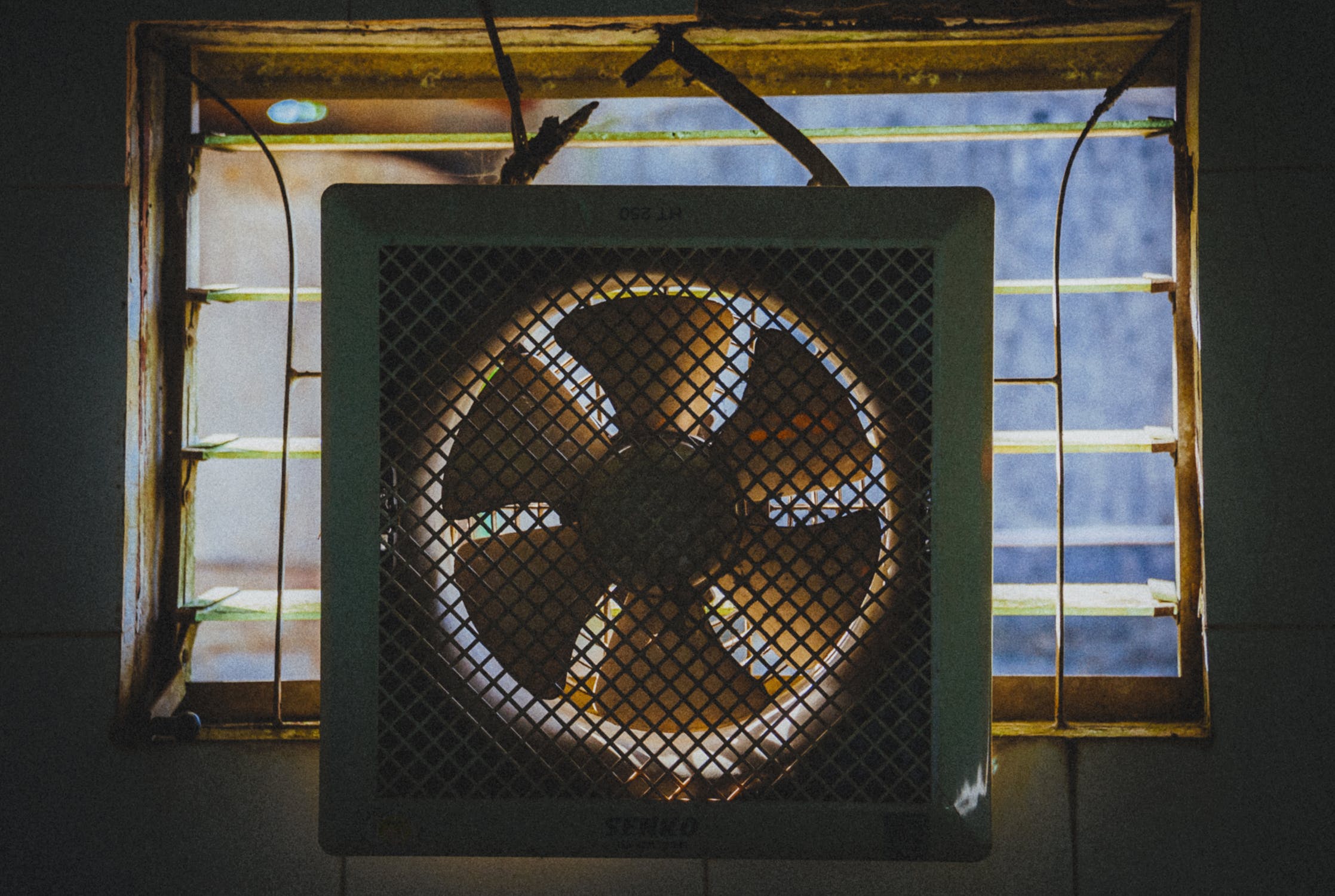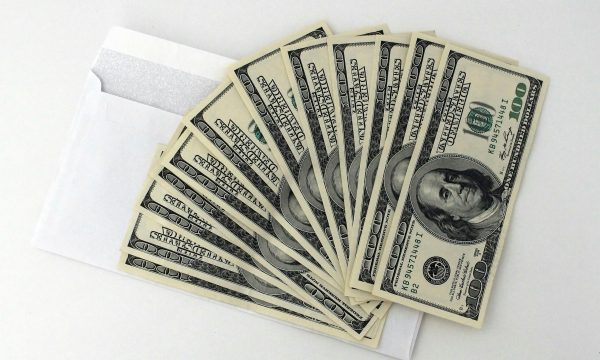Pink Energy, an energy efficiency company providing solar panels, announced their 2022 Consumer Summer Energy Savings Tips today. Operating in 15 states, the award-winning company has produced a “Top 10 List” to help homeowners as many face unprecedented high costs in their utility bills.
“From the gas pump to electric bills, the high cost of energy is dramatically impacting the wallets of hard-working families across the country,” said Steve Murphy, President & COO of Pink Energy. “The EIA (U.S. Energy Information Administration) has estimated that electricity prices are expected to increase by nearly 4% this summer. Therefore, we thought it would be a good time to share our top 10 consumer energy savings tips as part of our commitment of serving nearly 35,000 customers, and everyone in the communities where they live, as we all face very significant challenges.” Murphy points out that the Pink Energy Top 10 List is for everyone and not just solar power users.
The Pink Energy 2022 Summer Energy Savings Tips
- Unplug. Yes, even without buzzing or lighting up, your chargers and some appliances are using electricity the whole time they are plugged in. In fact, chargers even without being attached to a phone or device, still draw between 0.1 and 0.5 watts per hour. Additionally, The U.S. Department of Energy says on average, 75 percent of the electricity used to power home electronics and appliances is consumed while the products are turned off, so unplugging can lead to significant savings.
- Lower your hot water temperature. Most of us won’t feel the difference in comfort between warm-water and hot-water showers but it sure will make a difference in your associated monthly energy costs since 14-25% of the energy consumers use in homes is water heating. Change the setting on your hot water heater to warm (120°F) and that will use less energy. When it’s time to get a new water heater, consider tankless options that are more energy efficient. Another tip is to use insulation on your heater, sometimes known as a hot water heater blanket. According to Energy.gov, water heater insulation could reduce standby heat losses by 25%–45% and save you about 7%–16% in water heating costs.
- Shut off lights & turn off TVs. We all know we should do this but we don’t always do it! We tell ourselves that we’re only leaving the room for a few minutes so everything can stay on. Then, something else distracts us, and suddenly the lights and TV are left on for hours and this energy has been wasted. Smart habits can lead to smart savings, so our simplest tip is to pay attention and make sure lights, TVs and other electronic devices are turned off when they’re not being used.
- Change all bulbs to LED. Don’t wait any longer. It’s time to replace incandescent or CFL bulbs with LED bulbs. This isn’t a new tip. but it goes ignored because not enough of us believe it will make a difference. It will. As a matter of fact, LED bulbs not only use less energy, but they also last up to 25x longer than incandescent and 10x longer than CFL, which means you are buying less and saving more.
- Use more natural light and shade. Enjoy relaxing in your living room and reading a book in daylight courtesy of the sun. This obvious step to using less energy is often forgotten in the fast pace of our daily lives. Also, open curtains in the winter to shine light in and help heat the inside of your home. When it’s hot outside, close the curtains because that shading will make a difference in cooling down your home during the summer.
- Attic Insulation and Weather Sealing. Insulation is a thermally resistant barrier with a sponge-like texture, kind of like cotton candy. It inhibits the migration of thermal energy into and out of the house, in essence blocking heat from entering the home in the summer and holding heat in the winter. The EPA estimates that weather sealing your home, including windows, doors, and the attic stairs, as well as adding sufficient attic insulation can reduce energy costs as much as 15%. Insulation experts recommend replacing it after 15 years to ensure it does not lose effectiveness as it ages. The Department of Energy estimates that a properly insulated attic can shave 10 to 50 percent off your heating bill.
- Switch to a Smart Thermostat. You can easily install a programmable, or smart thermostat, without breaking the bank. Some even come with room sensors to help heat or cool the areas of the home that need it the most. According to Nest, you can save approximately 10% to 12% on heating and 15% on cooling using a smart thermostat.
- Upgrade your HVAC systems. Cooling and heating a home are two of the largest energy loads for any household. According to the U.S. Department of Energy (DoE), about 6% of the total electricity generated in the United States is used for air conditioning. Installing a new air conditioning system can lower your energy consumption significantly while saving money on the electricity bill. DoE data indicates that replacing an old air conditioner with an energy-efficient system can save up to 40% on cooling costs.
- Get an energy audit. A professional energy audit can give you insight and provide steps toward a more sustainable future. A professional energy auditor can spot problem areas and their experience can provide smart solutions and smart methods to implement. An audit can cost between $200 and $650 and typically takes a day. You’ll receive a report explaining findings, problem areas, and recommendations. That can result in big savings.
- Look for ENERGY STAR® appliances. ENERGY STAR labeled products can cut energy bills by up to 30% according to Energy.gov.














